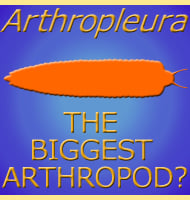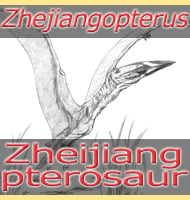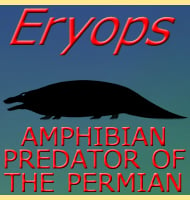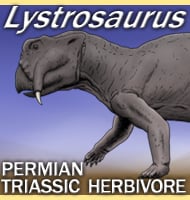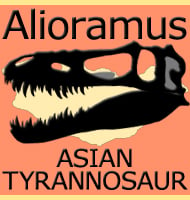In Depth
At the time of its description, Ningyuansaurus is considered to be one of the earliest known oviraptosaurs to appear on the Mesozoic landscape. So primitive is Ningyuansaurus, that the skull it proportionately longer than later oviraptosaurs, and still contains teeth, ten in the upper jaw (four premaxilla, six maxilla), and at least fourteen teeth in the lower jaw.
It has been notoriously difficult to determine what oviraptosaurs ate since they could have eaten either meat of plants, and even feasibly both. The teeth of Ningyuansaurus do not seem to have had any special adaptations, and they didn’t even have any serrations. They are tightly packed though which suggest a dietary specialisation of some kind. An insight though might be gleamed from the discovery of small oval shaped structures found within the holotype remains of Ningyuansaurus. With the largest of these only having a ten millimetre diameter, these may indicate that Ningyuansaurus might have included seeds in its diet.
Further Reading
- A new oviraptorosaur from the Yixian Formation of Jianchang, Western Liaoning Province, China. - Geological Bulletin of China 31 (12): 2102–2107 - Ji Qiang, L� Jun-Chang, Wei Xue-Fang & Wang Xu-Ri - 2012.

